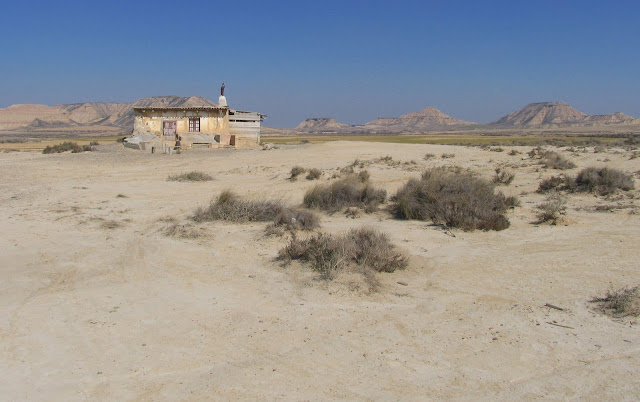We drove from the Embalse del Ebro towards Santander on the N623, which was a very interesting road, with the longest and steepest descent, from 1100mts, straight to the bottom. At the top it was very bleak, snow poles at every 3mts, wind whistling about, they must get so much snow here. With our brakes red hot, we were relieved to get to the bottom and there we passed through near tropical gardens, with palm trees, what a difference! The Parque de Cabarceno is to be our night stop as we head for the coast and we arrive in dense fog and rain, so we sit and watch wet ducks on the lake!
What a shock in the morning! Have we woken in Africa? Elephants and Antelope! No, we just had not seen what was in the Parque last night, as the weather was so bad.

As we drive to the coast, we can look back towards the mountains where we have been. Santona, is our destination, a nice seaside town, with a lovely beach and good marshes for birding. The sun is shining and we walked out on the Marisma, where Mike photographed the Gadwell below.

Tufted Ducks over wintering.
And this Little Egret in breeding plumage.
We will return here to further explore the marshes.
Now we head for the Picos, taking a very picturesque route through the gorge, with huge limestone cliffs all around us. This is a very winding and in places, narrow, road (N612) through the tourist town of Potes and upwards. The scenery was stunning and we make our night stop high up at Santo Toribio de Liebana, on the Monestery car park, where they allow overnight parking.
Some of the views around us.
Surrounded by snow covered peaks, it seems as though we are at the top of the world and all alone.
We wake to a beautiful sunrise and blue sky, wisps of clouds passing between the peaks.
Full of anticipation, we drive to the Fuente De, to ascend the highest peaks, arriving at the cable car station, where the cable car seems very small and the ascent very high.... gulp!
Looking down from our cable car.........!
Through the cloud to the highest peaks.
We arrive at the top and the snow is all around and deep, no chance of walking far, as it is also very compacted and slippery, but the view, it just takes your breath away.
There are some funny birds up there in the snow!!
and some lovely, friendly Alpine Choughs too.
We are so Choughed with our day!
What a memorable experience the Picos is, not only the beautiful drive through the gorge, but the
magnificent Fuente De itself.







































